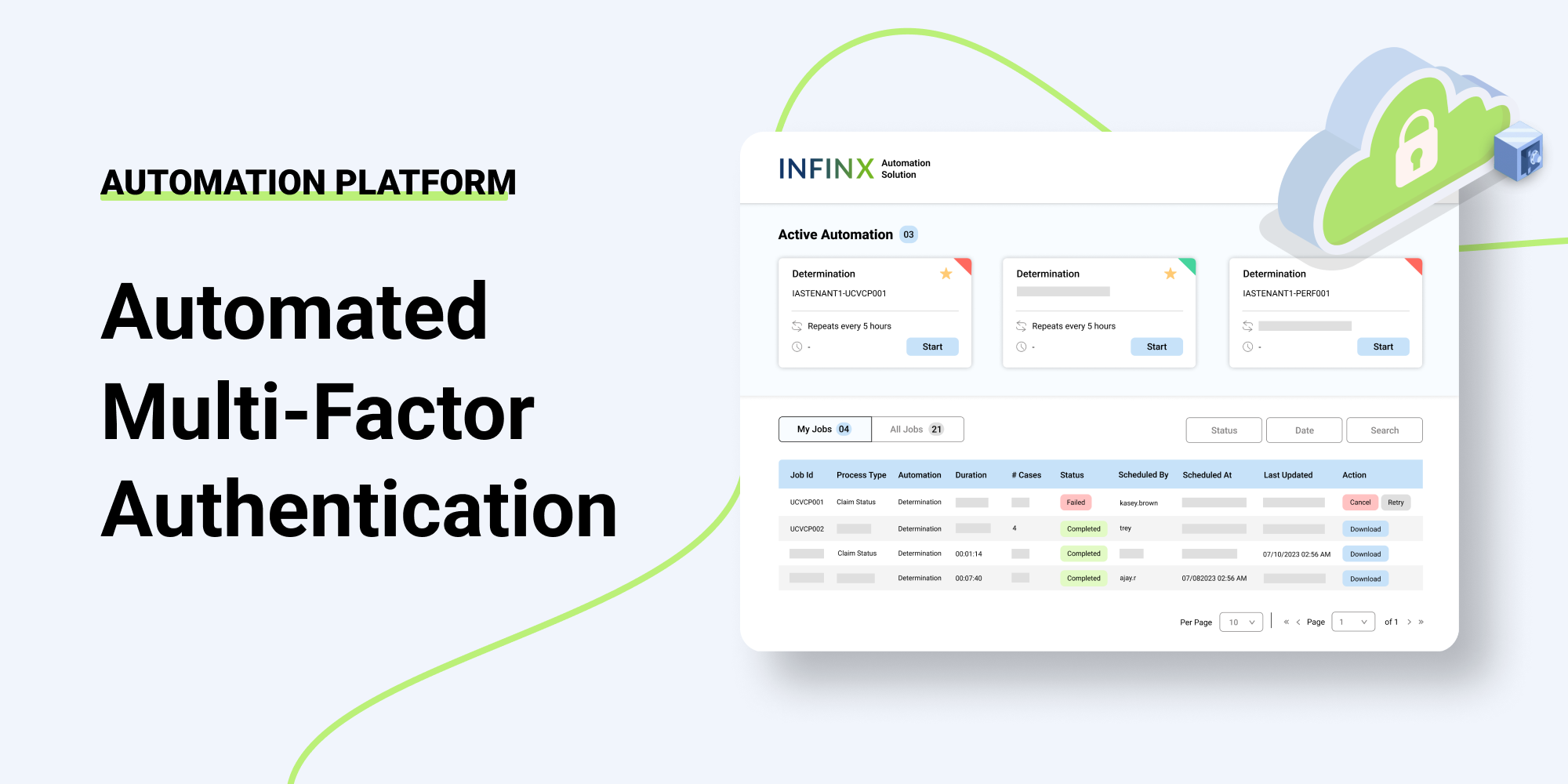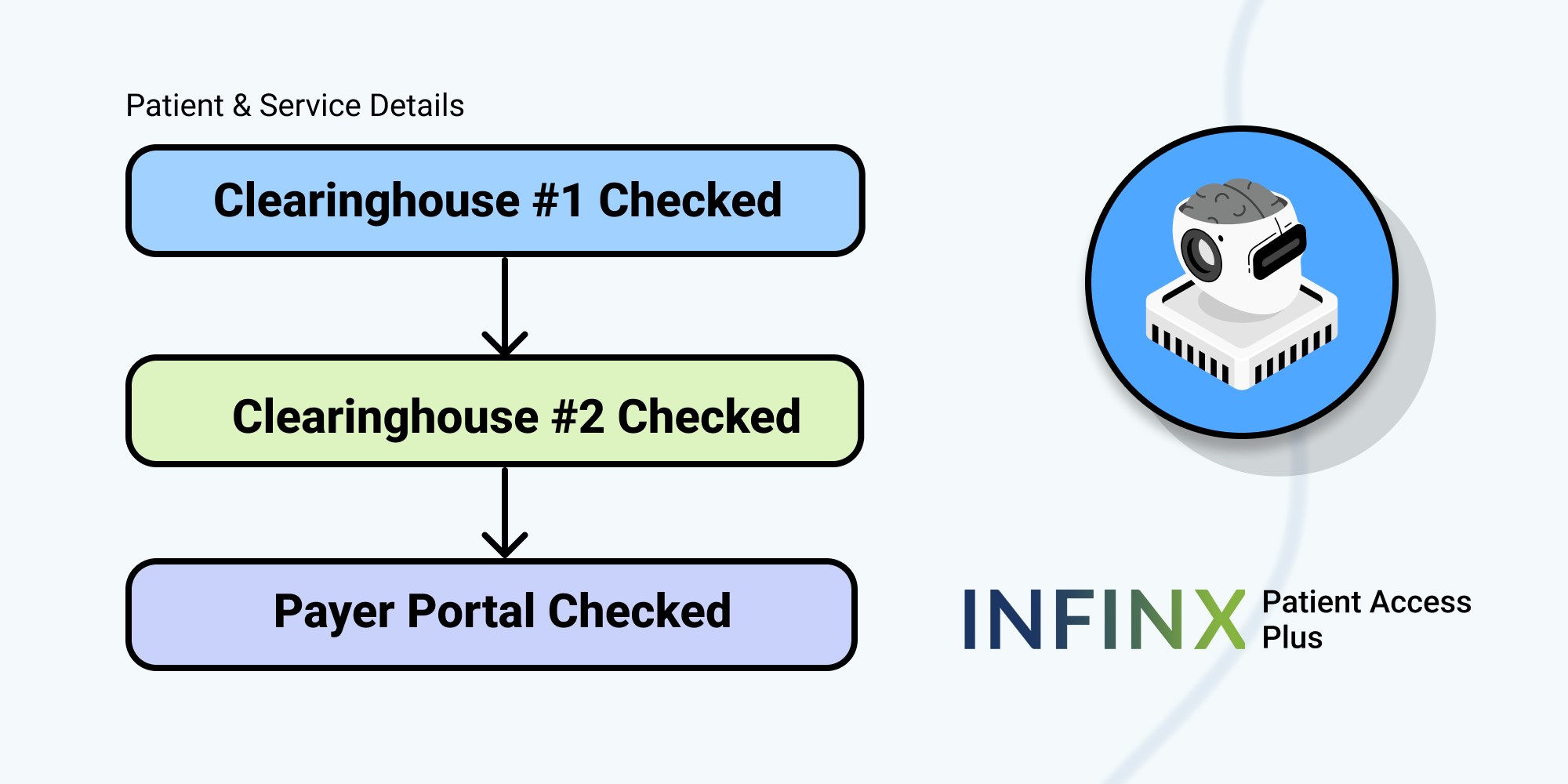Between regulatory changes and uneven patient volumes, radiology practices are being forced to do even more with less. However, many are still not getting full reimbursement for their services due to coding errors or outdated software. This executive briefing will outline four of the most common ways that revenue is leaked and how the latest artificial intelligence (AI) systems can help ensure providers get full reimbursement in 2021.
Problems Your Practice May Experience that Impact Income
If your business operations model relies on manual prior authorizations or an in-house coding team, you may be experiencing avoidable delays in payment and outright denials. Let’s look at four areas where there might be an opportunity to capture additional revenue.
#1 — Prior Authorizations that Don’t Match the Final Service Performed
Problem: Since the prior authorization is obtained before the patient is seen and before an assessment performed by the rendering radiologist, it’s sometimes determined that a different procedure is required. However, if the prior authorization isn’t updated before treatment commences, the claim will likely be denied.
When a practice uses a manual process to follow and update prior authorizations, this would probably entail rescheduling the patient until the paperwork can be approved or proceeding with the patient potentially responsible for what should be covered charges.
Solution: Automate your prior authorization process using an AI-driven software solution, such as Infinx’s Prior Authorization Software solution. With Infinx, changes and updates are smooth and seamless through a cloud-based dashboard that allows immediate resubmittal and tracking allowing the patient’s care to proceed without delay or rescheduling. If there is a problem identified, Infinx’s expert prior authorization specialists step in to hand-walk the request to completion, offering you an end-to-end solution.
#2 — Coding Inaccurate Diagnoses
Problem: In-office coding teams are often absorbing additional patient flow or using outdated computer-assisted coding software. In the escalating workflow, they may inadvertently code a diagnosis that was only mentioned or ultimately ruled-out by the physician before they were preparing their notes.
Solution: By using an expert team of third-party coders that listen with a trained ear, unconfirmed diagnoses can be cut to zero while also reducing the need or responsibility for proper training or updated information.
#3 — Missed Views
Problem: Trying to capture the correct number of views from radiology dictation can be difficult and, when wrong, create underbilling for services. As an example, when a doctor notes a knee exam with anteroposterior, lateral, and oblique views – most coders note a three-view study. In fact, there should most often be both a right and left oblique view which would be a four-view study.
Solution: The secret to not missing these subtle nuances in coding and billing is by deploying billing expertise trained to isolate these radiology-specific issues coupled with the knowledge to determine the right course of action.
#4 — Incomplete Documentation
Problem: Anytime a radiologist fails to document the full breadth of a procedure, diagnostic test, or exam, the visit will be in effect downcoded with the practice losing between 20 and 50% of the maximum reimbursement. This goes for global billing as well as billing only for the professional component. The number of ultrasounds alone that are miscoded due to a lack of anatomical structure documentation is estimated to be over 12% according to the Journal of the American College of Radiology.
Solution: This is a provider-based issue and needs to be a provider-inspired solution. Operational practices and expectations should be geared toward supporting adequate time and resources to facilitate an optimum documentation completion time so meeting a clinical guideline of 24-48 hours is achievable. That way any clarification would be fresh and easily attainable.
Why Radiology Leaders are Exploring Outside Coding Expertise
The Radiology staff are tasked with the critical functions that make up the business operations and rarely have time to complete their daily activities while chasing down provider documentation and charge slips.
This makes staying current on relevant, changing coding guidelines a difficult challenge. And beyond the daily workflow, there is little if any ability to perform audits and quality control. By engaging a 3rd party coding partner, those functions become part of their business flow. In addition, you can expect:
-
-
Increased reimbursement using a thorough knowledge of radiology coding, as well as inpatient experience,
-
A vast, comprehensive understanding of the governmental and commercial insurance market,
-
Data analytics and process improvements available 24/7, so that you know where your organization stands financially,
-
Ongoing support and training for providers and staff, and
-
Robust compliance and quality improvement program.
-
With improved coding execution and automated prior authorizations, your radiology group can experience an increase in reimbursement in 2021 that directly impacts your bottom line.
Contact us to learn more about our customized revenue cycle management solutions for radiology practices.



